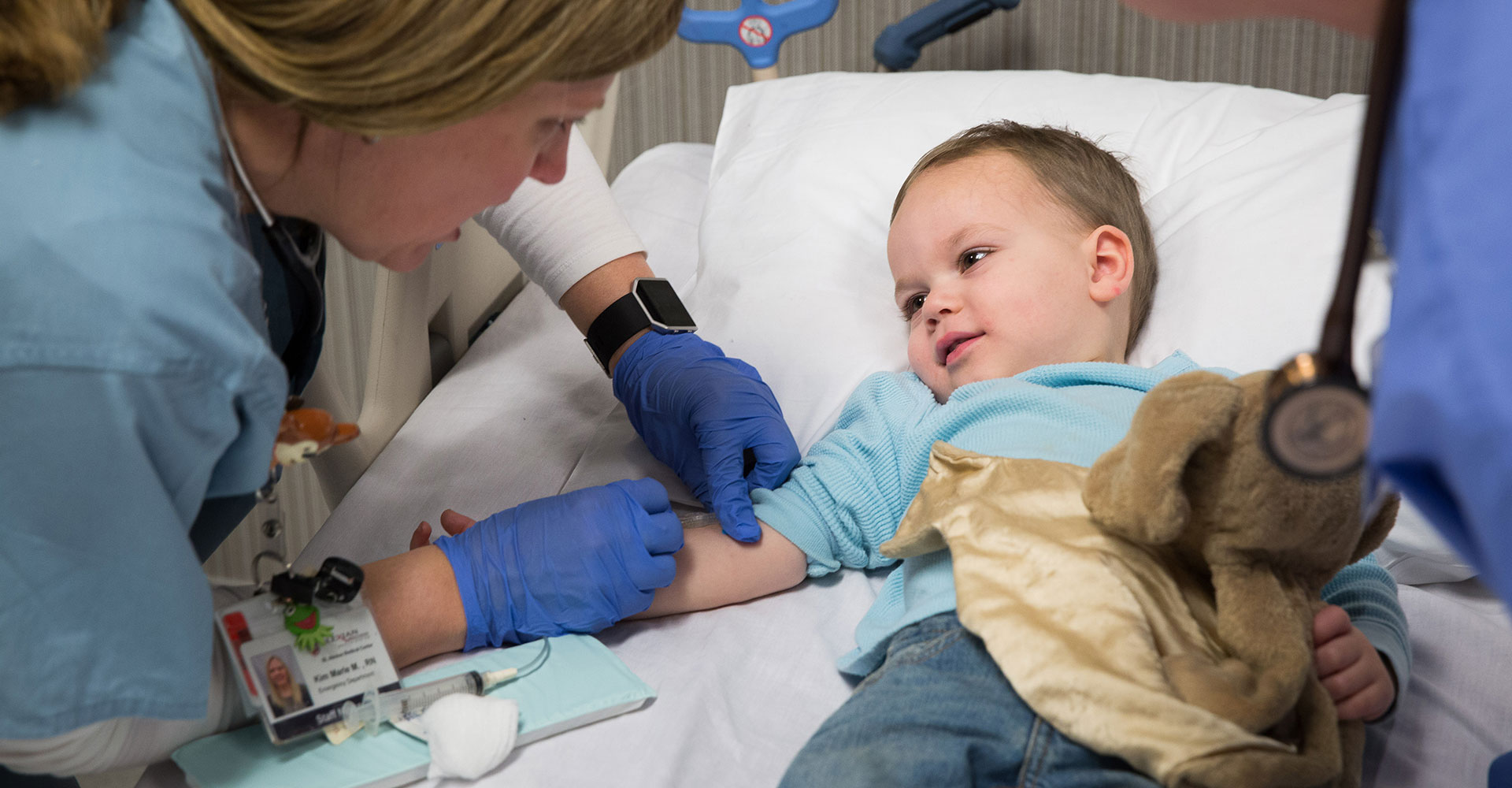Solidify your Emergency Nurse Practitioner knowledge, increase your confidence, and pass your exam with Rosh Review’s board review questions. TNCC Study Guide - Scribd TNCC Study Guide - Download as PDF File (.pdf), Text file (.txt) or view presentation slides online. Tncc Trauma Test And Study Guide - Marks Web PDF tncc pre test answers pdf dk April, 2010 Thirty Fourth Edition CORRECTION TO THETNCC PRETEST The TNCC Revision Work Group has made a correction to the pre-testfor.
Clinical Solutions provides Florida Board of Nursing-Approved TNCC training and certification in classroom settings throughout Florida, including Fort Lauderdale.
(Florida Dept. of Health Provider #50-12426)
Clinical Solutions Medical Training's TNCC certification courses are approved by the Florida Board of Nursing and is designed and developed specifically for RNs.
The ENPC Course was designed to provide nurses with the core knowledge and skills needed to care for the pediatric patient. This course presents and discusses core level knowledge and psychomotor skills associated with the delivery of care to a pediatric patient. Information is presented through a series of lectures and psychomotor skills stations. Course participants are required to pass both written and skills testing. CEUs attached.
Our ENPC Courses are available in Fort Lauderdale
Course Fees
Course Prices: $300Refresh course-$200 ENA-$275
| COURSE DATES - Click to See Dates in Your City | |||
| FT LAUDERDALE | ORLANDO | TAMPA | JACKSONVILLE |
Enpc Study Guide
ENPC Exam Questions

1. A preschooler has a small laceration that required 2 stitches. The nurse covers the wound with a bandage knowing that it will comfort the child to have it covered. What is the developmental reason for this intervention?
a. Preschoolers are magical thinkers and imagine bandages keep their insides from coming out
b. Preschoolers fear physical disability and believe a bandage will prevent disability
c. Preschoolers explore orally and will likely chew or suck on the stitches if left uncovered
d. Preschoolers are concerned with body image and don’t want to appear different than peers
2. A 7-month-old presents to the emergency department with a complaint of fever. Assessment reveals a patent airway and slight cyanosis around his lips and nail beds. He is alert and interactive. His vital signs are 38.5° C (101.3° F), HR 134, RR 32, BP 78/54 mm Hg, and SpO2 84%. The nurse notes a healed surgical scar on his chest. Based on this assessment, what is the nurse’s priority?
a. Administer ibuprofen to treat the fever
b. Begin oxygen via a nonrebreather mask
c. Obtain a surgical history
d. Ask if the SpO2 is normal for him
3. An 11-year-old presents to the emergency department with a complaint of hitting his head while playing soccer. The nurse enters the room and performs an across-the-room assessment. He is staring at the wall. He has no increased work of breathing, and his color is pink. Using the pediatric assessment triangle (PAT), what classification will the nurse assign?
a. Well
b. Sick
c. Sicker

d. Sickest
4. The pediatric prioritization process components include the focused assessment, focused history, acuity rating decision and:
 a. the pediatric assessment triangle (PAT).
a. the pediatric assessment triangle (PAT).b. developmental characteristics.
c. head-to-toe assessment.
d. life-saving interventions.
5. A 2-year-old is brought to the emergency department by her father when he found her face down in the pool. She remains unresponsive and is breathing shallowly and slowly. Her color is pale. What is the priority?
a. Administer 100% oxygen
b. Immobilize the cervical spine
c. Begin bag-mask ventilation
d. Insert an oral airway
6. A 2-year-old has a suspected cervical spinal injury. In order to ensure neutral spinal alignment, padding should be placed under which area?
a. Shoulders
b. Head
c. Neck
d. Waist
7. The nurse is preparing to administer a feeding through a nasogastric feeding tube. The tube position was verified by radiograph after insertion 2 hours ago. What is the best way to verify placement before feeding?
a. Instill air and listen over the epigastrium
b. Test the pH of the gastric contents
c. Observe color of a gastric aspirate sample
d. Repeat the radiograph
8. What is the best method to rapidly administer a 20 mL/kg bolus of 0.9% normal saline to a pediatric patient weighing 8 kg?
a. A 20-mL syringe with a stopcock
b. A syringe pump
c. A rapid infuser
d. A pressure bag
9. Immediately after intraosseous insertion the nurse assesses the infusion and notes that the fluid is not dripping. How should the nurse respond?
a. Use an infusion pump to deliver the fluids
b. Remove the device and insert in another site
c. Advance the device and reassess the flow
d. Attempt to aspirate bone marrow
10. A 13-month-old presents to the emergency department with a 2-day history of a low-grade fever, increased work of breathing, and tonight developed a barking cough and inspiratory stridor. What condition does the nurse suspect?
a. Epiglottitis
Enpc Study Guide Free
b. Foreign body aspiration
c. Tracheomalacia
d. Croup